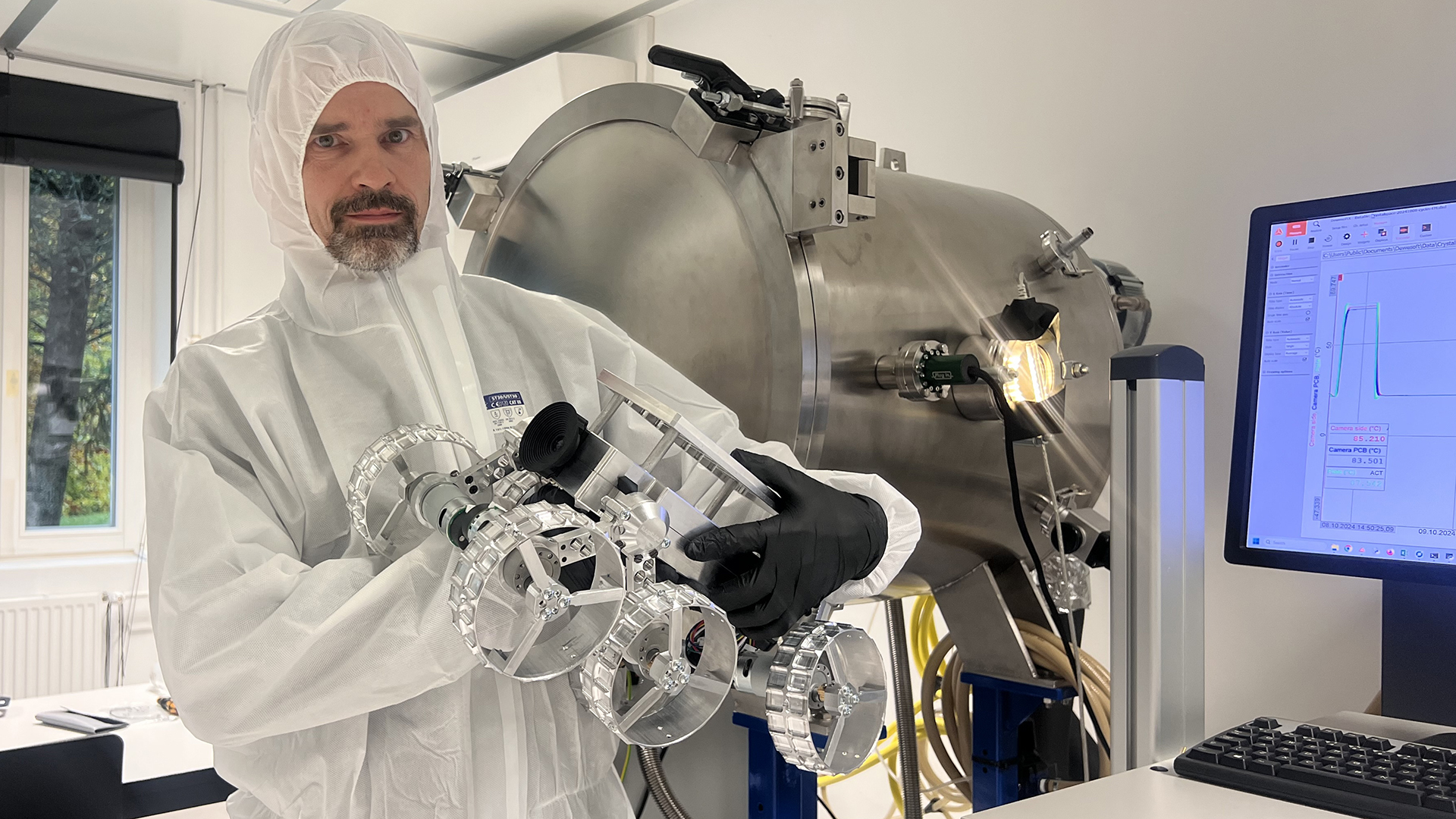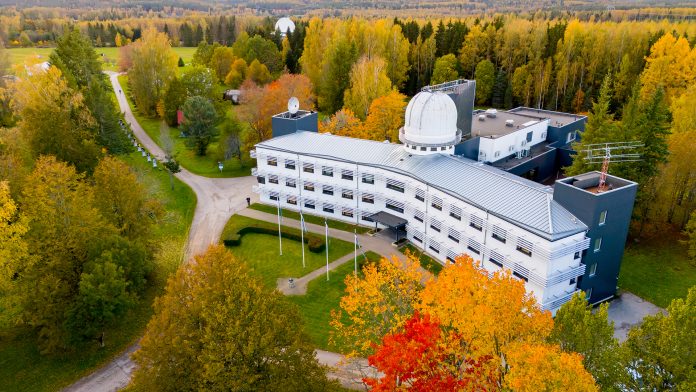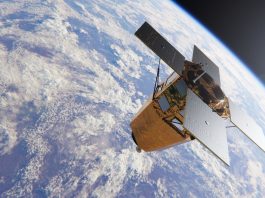Tartu Observatory combines advanced space technology with environmental monitoring, empowering projects ranging from lunar exploration to conserving Earth’s ecological balance.
Nestled in the quiet village of Tõravere, Estonia, Tartu Observatory stands as a focal point for space technology and environmental monitoring. Its facilities and expertise rival those of much larger institutes across Europe. The observatory is an off-campus institute of the University of Tartu, which is ranked among the top 1% globally for research and academic excellence (QS World University Rankings).
While still hosting and operating one of the largest telescopes in Northern Europe, Tartu Observatory has transformed from a historic centre of astronomy into a high-tech space hub, the activities of which include testing, calibrating, and developing space-bound equipment.
From start-ups to international space agencies, Tartu Observatory partners with a diverse range of clients, offering services that prepare equipment for the extreme conditions of space and provide insights into Earth’s ecosystems.
Comprehensive space environment testing and development
Space is unforgiving. If a piece of hardware fails, there’s no second chance. The advanced testing labs at Tartu Observatory are designed to make sure that doesn’t happen. These facilities rigorously simulate the intense conditions of space, offering a complete suite of services for hardware durability:
- Thermal cycling: To ensure that components can withstand the extreme temperatures of space, the equipment undergoes extensive thermal cycling that simulates these fluctuations.
- Vacuum testing: Hardware is exposed to space-grade vacuum conditions, verifying its performance in low-pressure environments.
- Vibration and mechanical shock testing: By replicating the intense forces experienced during launches, these tests help confirm that equipment can endure the stresses of a launch.
- Electromagnetic compatibility (EMC) and radiation testing: Critical for small satellites and space-bound instruments, these tests ensure components remain stable under radiation and do not emit beyond accepted norms.
Crafting technology for the next lunar leap
Beyond testing, Tartu Observatory is innovating in space technology with custom-built instruments and exploration solutions. In collaboration with ESA, NASA, and others, Tartu engineers create high-resolution remote sensing cameras designed for Earth and beyond, combining performance with cost-efficiency.
One of the most exciting projects at Tartu is its work on autonomous lunar rovers. Using advanced game-engine simulations and software developed in-house, engineers test the rovers’ ability to navigate rugged lunar landscapes, covering everything from mission planning to wheel design. The digital world gets a ‘reality check’ in Tartu’s indoor Lunar-analog test site, where rovers interact with physical terrain under controlled conditions – bridging the gap between virtual plans and real-world challenges.
Remote sensing for Earth’s preservation
Exploring space is thrilling, but it constantly reminds us of Earth’s uniqueness and the importance of keeping it liveable. Tartu Observatory’s mission extends beyond space to Earth itself, where remote sensing and environmental monitoring play a crucial role. Using satellite data, the institute’s scientists monitor the health of Earth’s ecosystems, focusing on vulnerable areas such as forests and water bodies. These data support environmental management and conservation efforts, enabling a clearer understanding of how ecosystems respond to climate change.

Specialising in hyperspectral remote sensing, Tartu Observatory constructs and calibrates instruments essential for environmental monitoring. Their precise optical calibration services, supporting endeavours such as EUMETSAT’s FRM4SOC project and NASA’s PACE mission, set new global standards in ocean colour and ecosystem monitoring.
Where big ideas meet big solutions
The team at Tartu Observatory views itself as a collective of problem-solvers. Many partnerships have begun with the simple question: “Can we do this?” With over 100 experts in fields spanning mechanical engineering, digital simulations, and environmental science, Tartu Observatory is a trusted partner in a wide range of space research and environmental projects.
With a hands-on approach, Tartu Observatory supports clients at every stage, from concept through launch. In addition to its testing and development capabilities, Tartu provides advanced remote sensing and data analysis, equipping organisations with insights for sustainable resource management and effective environmental policy.
A legacy of scientific excellence, built for the future
Though Tartu Observatory’s history dates back to the early 19th century, its mission has evolved. Originally established to explore the cosmos through telescopic observations, the observatory has grown into a modern centre focused on practical space science applications. Early contributions, such as F G W Struve’s work on Earth’s triangulation and pioneering studies of dark matter, remain part of its legacy but serve as a foundation rather than the focus.
While history provides Tartu Observatory with a sense of its origins, its focus is forward-looking. Clients need answers today – solutions that work in real-time. Tartu Observatory is building this future now.
For clients and partners seeking advanced testing facilities, space technology solutions, or environmental expertise, Tartu Observatory offers a blend of rigorous science, technical skill, and commitment to sustainability – an invaluable asset for space exploration and Earth preservation. The doors are open to anyone with an idea worth exploring.
Please note, this article will also appear in the 20th edition of our quarterly publication.









